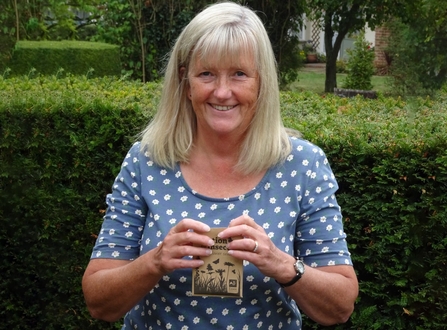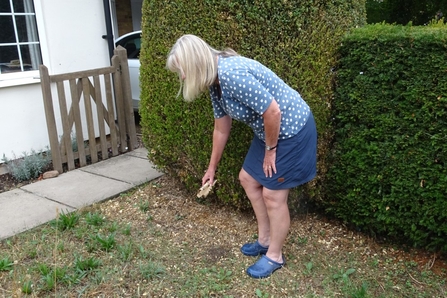Pollinating insects, such as bees, hoverflies, butterflies and moths, have been really struggling in recent years. A citizen science study suggests that the UK's flying insect population has declined by as much as 60% in the last 20 years. This is apparent to all of us who drive, since we no longer see a windscreen full of ‘splats’ when driving during the summer months.
One way that we can all help reverse this trend is to take part in Essex Wildlife Trust’s campaign, The Big Wild Seed Sow. The objective is to grow a patch of wildflowers in every garden in Essex. Did you know that 80% of Essex residents live in urban areas? Finding even a small patch of garden, or even a tub, trough or window box, to sow some beautiful, native wildflowers, will greatly increase space for wildlife throughout the county in 2023.



